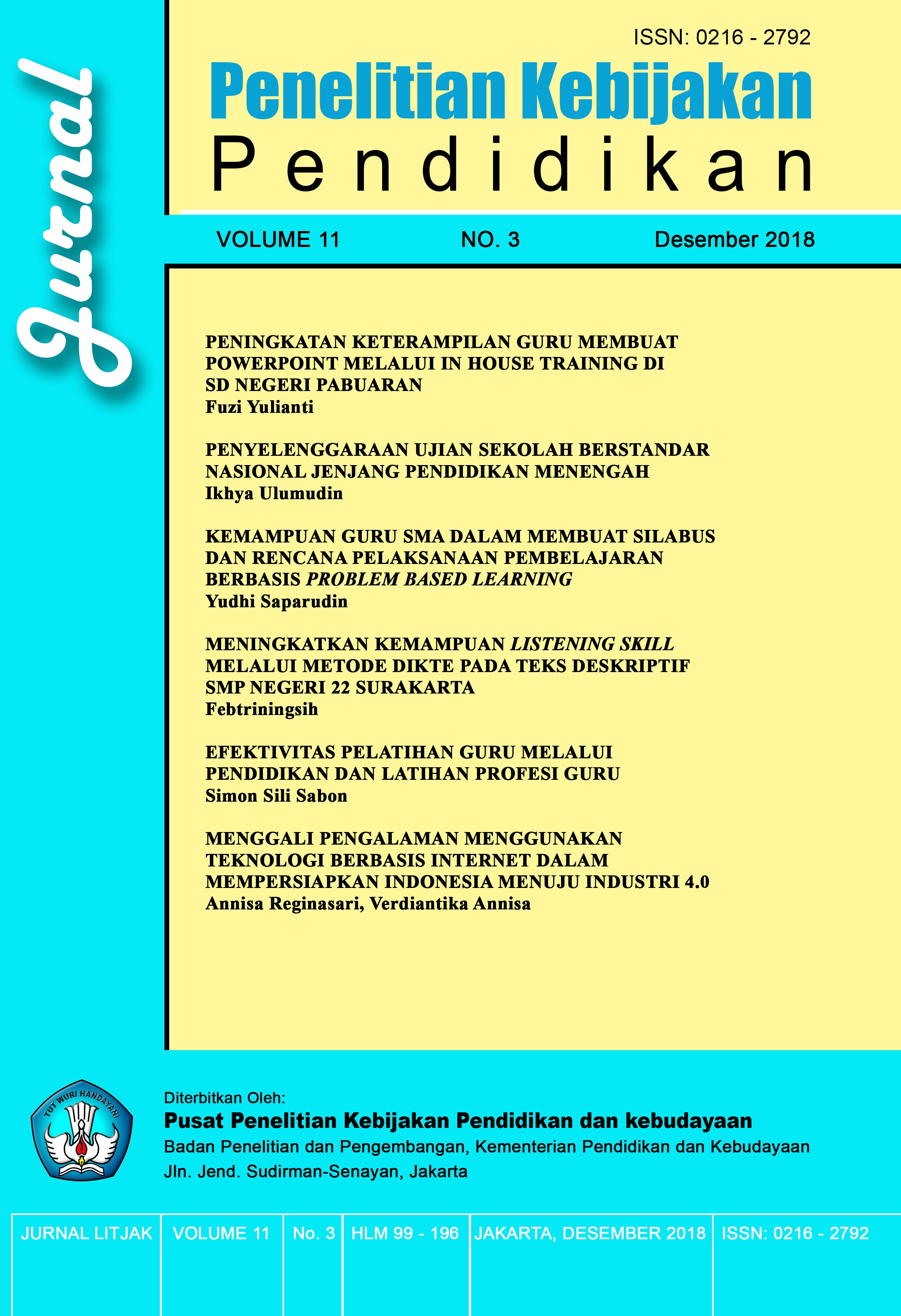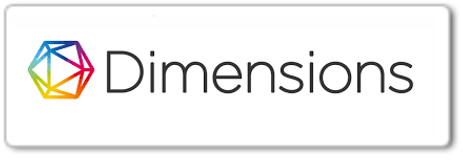EVALUATION OF ASSESSMENT SYSTEM OF LEARNING OUTCOMES (A Case Study in Six City)
DOI:
https://doi.org/10.24832/jpkp.v11i2.224Keywords:
student assessment of learning outcomes, secondary education, curriculum 2013Abstract
One of the essential changes in the Curriculum 2013 is the standard setting of assessment of learning outcomes. However, the new regulation governing the assessment system is perceived by teachers to be so complex with various assessment instruments to evaluate student learning outcomes. This study aims to examine the policy implementation of assessment system of student learning outcomes at secondary education level. The study used a qualitative approach by conducting focus group discussions with teachers and document learning analysis used by teachers. The findings of the study revealed that assessment of learning outcomes conducted by teachers, educational units, and the Government has not been optimally utilized to improve the quality of learning. Then, teacher competence in doing assessment of learning result still weak.
Downloads
Published
Issue
Section
License
Copyright (c) 2019 Jurnal Penelitian Kebijakan Pendidikan

This work is licensed under a Creative Commons Attribution-NonCommercial-ShareAlike 4.0 International License.
Copyright Notice
All articles submitted by the author and published in the Jurnal Penelitaian Kebijakan Pendidikan are fully copyrighted by the publication of Jurnal Penelitaian Kebijakan Pendidikan under Attribution-NonCommercial-ShareAlike 4.0 International (CC BY-NC-SA 4.0) by technically filling out the copyright transfer agreement and sending it to the publisher
Note :
The author can include in separate contractual arrangements for the non-exclusive distribution of rich versions of journal publications (for example: posting them to an institutional repository or publishing them in a book), with the acknowledgment of their initial publication in this journal.
Authors are permitted and encouraged to post their work online (for example: in an institutional repository or on their website) before and during the submission process because it can lead to productive exchanges, as well as earlier and more powerful citations of published works. (See Open Access Effects).


















